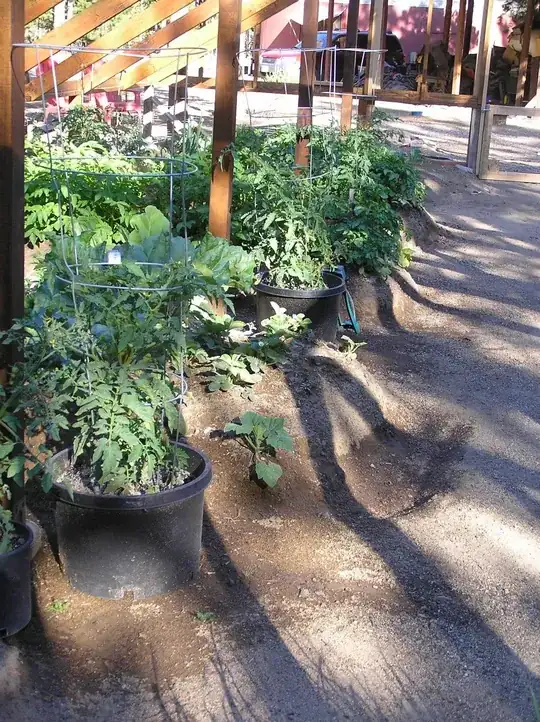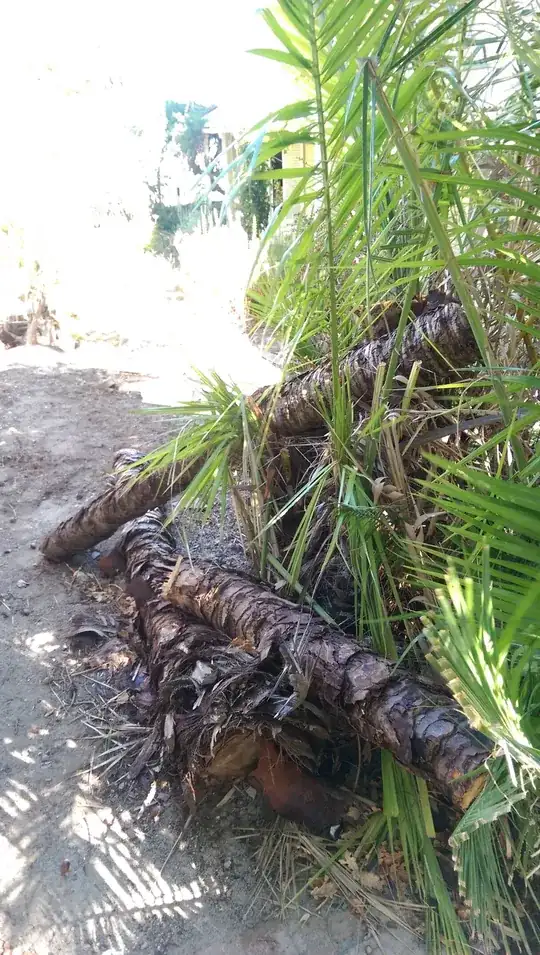I'm not exactly sure what type of palm tree this is but I was wondering if I could use it for Hugelkultur (burying it in the ground as a form of compost for my plants). I realise some trees (eg. Eucalyptus) are not good for this technique.
-
1My only comment to this is that palms are not trees and therefore their trunks are not wood, meaning that they never develop secondary (vascular) cambium (which defines something as wood). I am not sure if that matters in Hugelkultur whatsoever but it's worth pointing out. – Brenn Feb 22 '17 at 17:26
-
Thanks for that point. I just don't want to bury something which is bad for my soil and inhibits plant growth. – stemie Feb 24 '17 at 07:41
-
Have you been able to SEE Hugelkultur beds that were successful and did what they advertise? Looks like a huge risk to waste energy, primarily yours. Buried that deeply will have nothing to add to the soil your plants need. Sure plants will grow for at least one season. At least on one side of the bed towards the sun but I would certainly be watering. I would certainly be improving the TOP soil where the roots are. Perched water table is a big deal and that inhibits drainage big time. Perhaps a more mature tree would be able to take advantage for awhile but this makes no sense to me. – stormy Feb 24 '17 at 22:47
3 Answers
Cool question. I did some digging around but could not come up with a definitive answer so here goes with some peripheral reasoning:
- chopped coir fibres are often used in horticulture as a peat substitute - you know, coconut, palm ...
- most sources I read where people were trying hugelkultur with palm it was of the nature of an experiment; but of course the author forgets to update the article a few years later to show whether it worked or not
- on many sites, when they list those woods you should not use there is a specific scientific reason why not: locust does not rot, walnut poisons the soil and so on; but, take a look at the selection of images you get with a Google search for images related to "plants at the base of a palm tree" and I invite you to draw your own conclusions whether palm frightens off other plants at the base.
I'd go for it.
PS see What woods shouldn't be used for hugelkultur? - @daniel-bingham might have some good input on this.
- 19,612
- 1
- 12
- 43
-
Thanks I thought about coir fibres and I've noticed plants growing in palm trees. I figured it was OK but I just wanted to get a second opinion here. – stemie Feb 24 '17 at 07:39
Palm is a grass. It rots fast. So does not last long. It has a long fiber. It holds water, So is good for wicking water into the soil. It forms a good black mulch & loosens soil. But needs replaced often as low in minerals. So good for growing things for about 6 months. Best used as a soil fiber restorer. We use it here as a mulch. Or let the trees just rot out on the ground when we replant them. It seems to work best in sandy soil. Good for potted plants as a moisture holder. As a mulch works well around out Mango, lemon, lime, mango trees. & coconut & banana trees. There we just cut them up & lay on ground around the trees. Let them rot into the soil.
- 66
- 1
If it is organic and dead it is decomposing. My problems with this Hugelkultur are; 1) As long as the decomposing is happening which will be years, the decomposers require lots of nitrogen and the other micro and macro organisms go dormant until there is DECOMPOSED organic matter to 'eat', 2) When this matter finally decomposed that 'hill' or raised bed will sink to become a swale, 3) Plant roots for water and taking up chemicals are only 4 to 6" deep, the important part of that profile should be heavily laden with decomposed organic matter to improve the tilth, 4) Water sucked up in this man made bog will not have drainage (perched water table) and I foresee anaerobic decomposition with all it's subsequent chemistry again, plant roots for the most part are only 4 to 6" deep.
Raised beds are the only way to garden, double dug but with a flat top and at least 3' wide. The sides are great for SOME vegetables but in my experience the plants on the sides do not do as well as those on the top, no matter the soil type. 
First time these beds were double dug I threw decomposed not composing but decomposed organic matter into the mix as I made these beds as well as lime OR sulfur depending on the pH I wanted to push (after soil tests) in the right direction. These beds are now 4 years old, never to be double dug again. I simply use decomposed organic mulch as a top dressing replacing it 3 or 4 times each season. The organisms are reproducing and are drawn to this soil because there is food available they can eat now. Not happening as organic matter is decomposing. These organisms are my little slaves; I feed them they go back into the soil profile and poop this stuff out mixing it into the soil profile down to a foot in depth, doing all that work FOR me. As I dig the trenches out once per years I throw more soil on top of the beds. Best drainage in the world...
- 40,098
- 3
- 31
- 75
